Imagine a world where the most stunning graphic design is like a hidden treasure, unseen because it’s buried without a map. That’s a world without SEO! As a graphic designer, your art deserves a spotlight; SEO is your stage lighting. It’s not just about making your design sparkle but guiding the audience to find it. Plerdy gets this – they know the magic happens when design meets visibility. This article isn’t just a guide; it’s your treasure map to mastering SEO and ensuring your designs don’t just dazzle but also get discovered and admired by those who matter.
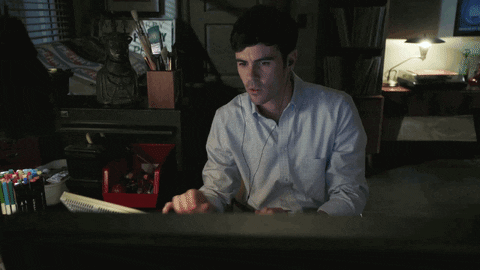
Understanding the Basics of SEO
Think of SEO as the GPS for your graphic design work. With it, potential clients might find the digital path to your portfolio. SEO increases your website’s visibility and appeal to search engines like Google. It’s about understanding what your audience is searching for and how you can be the answer they find.
If you want your business to appear in search results for your target market, you need to use keywords, which are the expressions and words people use. But it’s not just about cramming those words into your content. It’s about crafting content that’s genuinely useful and engaging, content that answers questions solves problems or simply delights the viewer. Successful websites achieve a higher search engine ranking, increasing their visibility to potential clients. Remember, it’s not just about being found; it’s about being found relevant.
Effective SEO also involves technical aspects, like optimizing website speed and ensuring mobile responsiveness, as noted by Moz, a leader in SEO software. Search engines give more weight to these factors when determining how well a website meets the needs of its users.
Grasping the basics of SEO is essential for any graphic designer in the digital age. It’s about blending the aesthetics of design with the functionality of web navigation, ensuring that your creative work isn’t just seen – it’s sought after.”
SEO Keyword Research and Optimization for Graphic Design
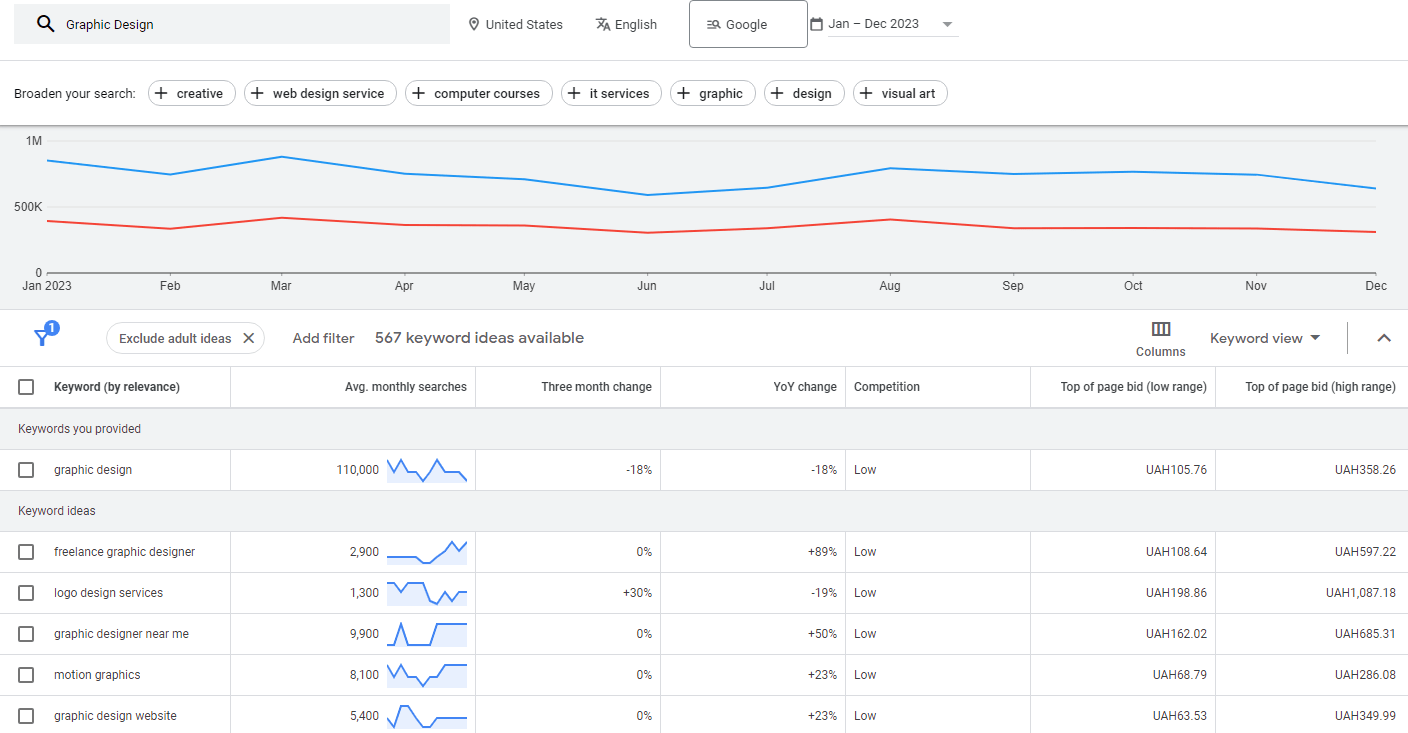
Stepping into the world of SEO for graphic design without knowing about keywords is like finding a needle in a haystack blindfolded. For graphic designers, mastering keyword research and optimization in SEO is not just beneficial; it’s essential. It finds out what people are looking for regarding graphic design services online and uses that information to place your website into those results strategically.
SEO Identifying Your Niche Keywords in Graphic Design
Start with identifying your niche SEO keywords specific to your area of expertise in graphic design. Essential for graphic design SEO, tools such as SEMrush and Google’s Keyword Planner reveal levels of competition and search traffic. Choosing keywords that are relevant but are moderately competitive in graphic design is important. For instance, if you specialize in logo design, targeting keywords like ‘creative logo design SEO’ or ‘custom logo services SEO’ could be more effective than the broader ‘graphic design SEO.’
Consider the intent behind the keywords in graphic design for SEO. Are users looking for inspiration, services, or DIY tips? Understanding this will guide the type of content you create in graphic design. Including location-based keywords can also be beneficial if your graphic design services are region-specific. Remember, graphic design SEO requires relevance. Stuffing your website with unrelated keywords will do more harm than good, as leading SEO resources like Moz noted.
SEO Integrating Keywords into Design Projects
Next, integrate these keywords into your graphic design website for SEO. This goes beyond just inserting them into your text. They should be included in title tags, meta descriptions, and headers in graphic design content. However, the integration should feel natural. For example, your portfolio page might include a title tag like ‘Innovative Logo Design Services | [Your Brand Name]’ for SEO in graphic design.
In your website’s content for graphic design, use these keywords contextually. Describe your projects and design process using terms your potential clients might search for in SEO. Writing blog entries is one of the best ways to incorporate keywords into graphic design organically. Write about topics relevant to your field, like ‘Top Trends in Logo Design for 2023′, embedding your keywords within valuable and informative content for SEO.
To conclude, graphic design SEO keyword research and optimization involve speaking your target clients’ language. It’s a blend of art and strategy in graphic design – using the right words to describe what you do and connect with those who need your graphic design skills. By doing this effectively in SEO, you’re not just optimizing for search engines; you’re optimizing for discovery and connection in graphic design.
On-Page SEO Strategies for GraphicDesigners
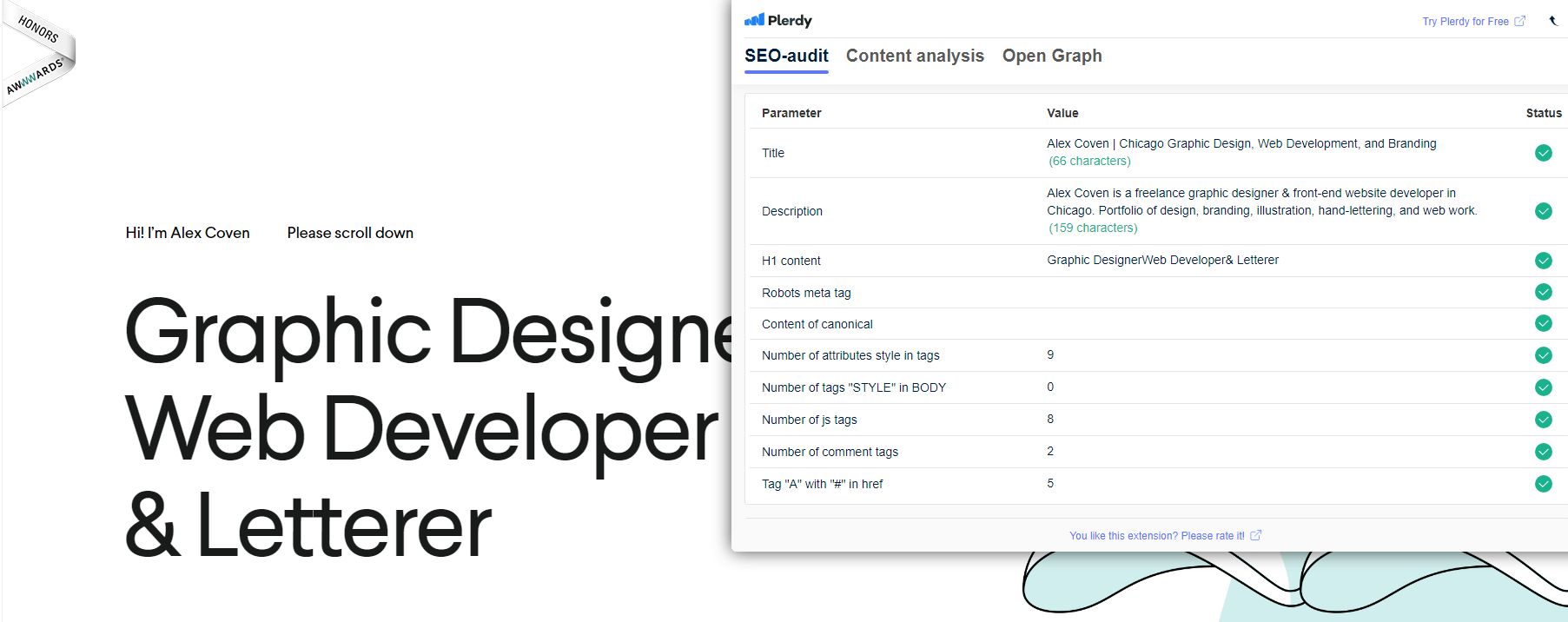
In the digital art gallery of the internet, on-page SEO is like the frame around your graphic design masterpiece in the world of SEO. It’s not enough to be visible in search engines—you also need to showcase your work well for SEO. On-page SEO helps graphic designers optimize websites for search engines and targeted viewers. This means tweaking your website to make it as search engine friendly as your graphic design creativity allows.
SEO User-Friendly Design Elements for Graphic Designers
The first step in on-page SEO for graphic designers is ensuring a user-friendly website. Clean layout, clear navigation, and fast loading times are SEO essentials for visual design. Your website should seamlessly blend aesthetics and functionality for optimal SEO. Google’s PageSpeed Insights can be a valuable tool for checking your site’s loading speed in SEO. Remember, a website that’s a delight to navigate is also a delight for search engines, particularly for graphic design sites.
Images are integral to a graphic designer’s site, so ensure they’re optimized for SEO. This includes using JPEGs for photographs and PNGs for graphics and descriptive, keyword-rich file names and alt text for SEO in visual design. These adjustments improve loading times and enhance accessibility, making your website more inclusive and SEO-friendly.
SEO Mobile Responsiveness and Speed for Graphic Designers
Search engine optimization (SEO) for your graphic design site requires mobile responsiveness because most internet traffic occurs on mobile devices. This implies that for optimal SEO success, it should appear and work perfectly on any platform, including desktops, tablets, and smartphones. Google’s Mobile-Friendly Test can help you optimize your website for mobile devices.
Site speed is crucial for graphic design SEO. A slow-loading site can deter visitors and negatively impact your search engine rankings. Optimize images, minify CSS and JavaScript, and leverage browser caching to speed things up for better SEO. Tools like GTmetrix can provide insights into your website’s performance and offer practical optimization tips for graphic designers.
For graphic designers, on-page SEO makes a website functional and visually appealing. By focusing on user-friendly design elements and ensuring mobile responsiveness and speed, you’re setting the stage for users and search engines to easily appreciate and access your graphic design work, enhancing your SEO impact.
SEO Improving Site Structure and User Experience for Graphic Designers
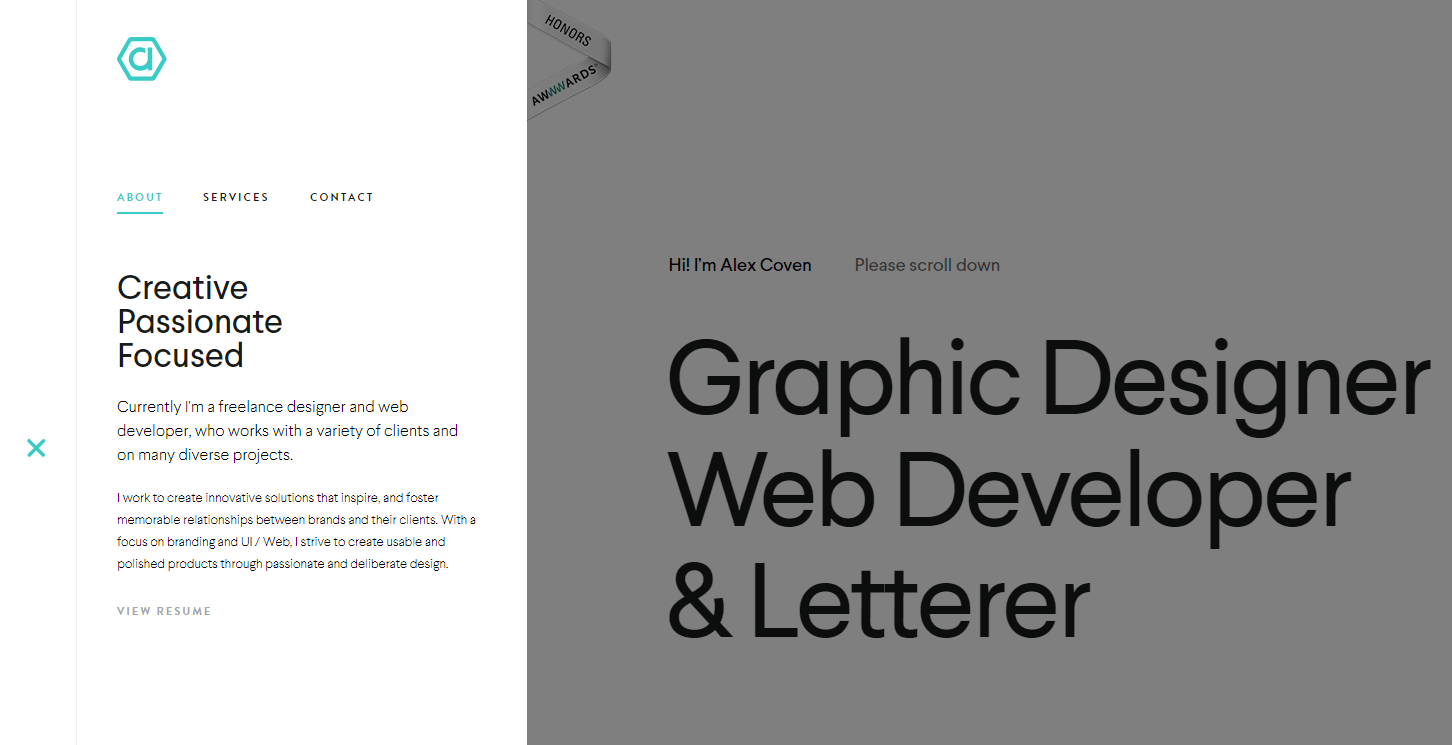
Navigating a website should be as effortless as flipping through a well-designed portfolio, especially for graphic designers focusing on SEO. Graphic designers must optimize site structure and UX for SEO, not just looks. A well-structured site with excellent UX can significantly improve search rankings for graphic design websites and keep visitors engaged longer.
SEO Designing for User Experience in Graphic Design
In graphic designer SEO, intuitive navigation is crucial to user experience. Your website should guide visitors smoothly from one section to another, making it easy for them to find what they want in graphic design. This includes a clear menu, logical page hierarchy, and straightforward paths to important content like your portfolio and contact information, all optimized for SEO. Tools like Adobe XD or Sketch can help design a user-centric layout for graphic design websites with SEO in mind.
Visual design SEO is as important as user experience (UX). An important part of search engine optimization is ensuring everyone can use your website, including individuals with physical impairments. Graphic design that follows SEO standards includes using legible fonts, color palettes with plenty of contrast, and layouts that are easy to navigate with a keyboard. Search engine optimization (SEO) for visual design is made easier with the help of the Web Content Accessibility Guidelines (WCAG), which offer a thorough checklist to ensure your website satisfies accessibility criteria.
Graphic Designer SEO Mobile Responsiveness & Speed
Your graphic design website must be mobile-friendly to rank well in search engines. Smartphones are being used for web browsing. Graphic design SEO relies on responsiveness to user screen size. Google’s Mobile-Friendly Test can assess your site’s mobile responsiveness for SEO.
Designers’ attention to site performance is essential in user experience and search engine optimization. Search engine optimization suffers when visitors wait for pages to load, which reduces retention. If you want your graphic design website to load faster, you should compress images, optimize code, and choose a dependable hosting service. If you want to know how well your site performs and how to improve its SEO, Google has you covered with PageSpeed Insights.
Graphic designers seeking improved search engine rankings must improve site structure and user experience. By focusing on intuitive navigation, accessibility, mobile responsiveness, and site speed, you create a website that attracts visitors and encourages them to stay, explore, and engage with your content, all while boosting your SEO effectiveness in the graphic design field.
Content Creation and SEO
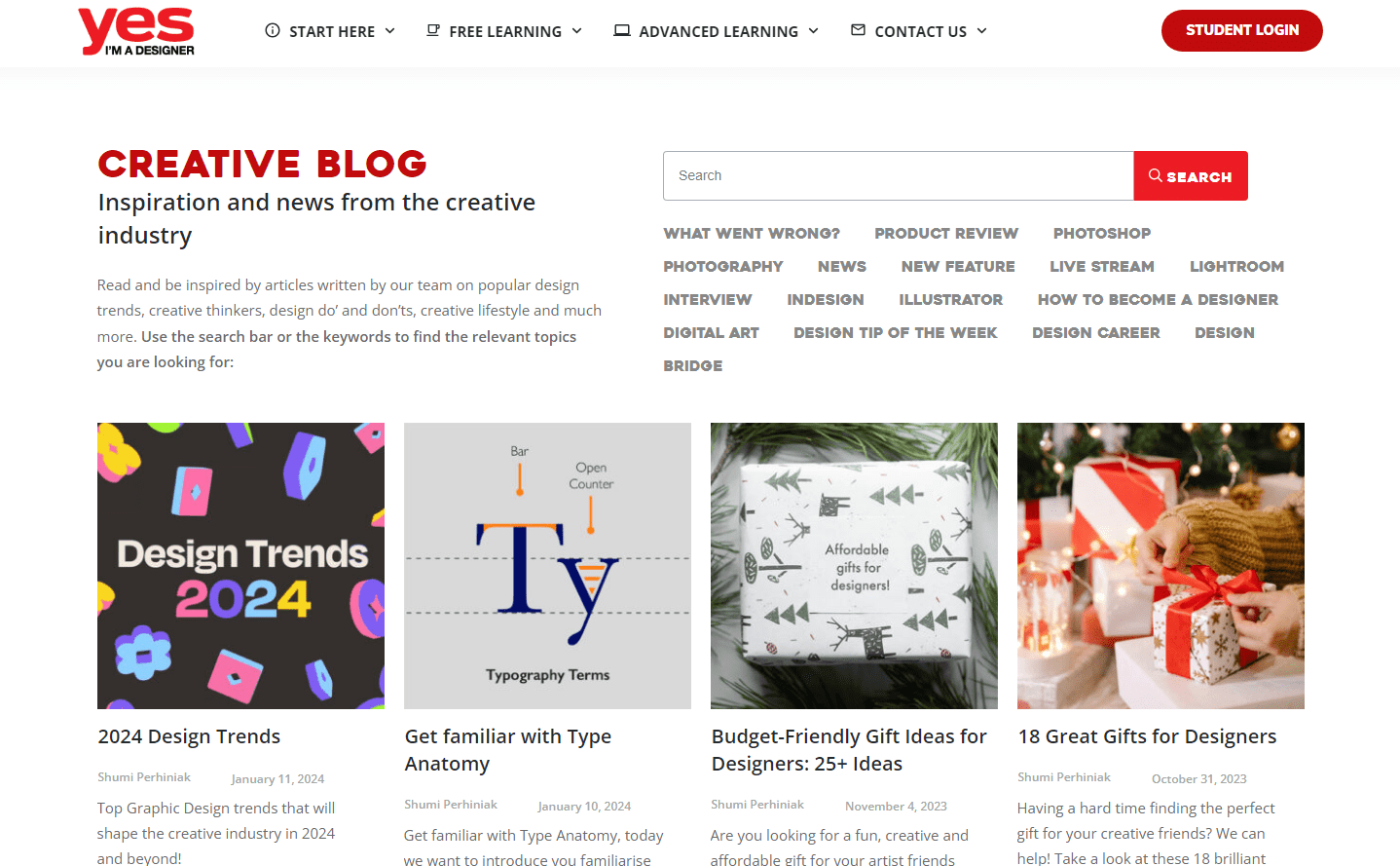
In the SEO world, content is king, but not all content wears the crown equally. For graphic designers, creating SEO-friendly content isn’t just about showcasing your work; it’s about telling a story that resonates with your audience and search engines. This balance can elevate your online presence and drive more traffic to your site.
Crafting Engaging SEO Content
Creating engaging content starts with understanding your audience. What are they searching for? What problems can you solve for them? Once you know this, you can create content that answers these questions. This might include blog posts about design trends, how-to guides, or case studies of your projects. Use keywords naturally within this content to improve its discoverability. Tools like Yoast SEO can guide you in optimizing your content for search engines.
Remember, quality trumps quantity. Search engines favor content that provides value, is well-written, and reflects expertise. Incorporate visuals in your content strategy, as they break up text and enhance your message, especially important for a design-focused audience.
Balancing Creativity and SEO in Content
While SEO is important, don’t let it stifle your creativity. Your content should reflect your unique voice and style. This means using SEO as a tool, not a rulebook. Write first for your audience, then optimize for search engines.
Incorporate keywords in a natural way that doesn’t detract from the narrative. Headings and subheadings help readers and search engines navigate your content. High-quality, original content ranks better and establishes your authority and expertise in your field.
Сontent creation for SEO is a delicate dance for graphic designers. It’s about blending your creative flair with strategic keyword placement, providing value to your audience while enhancing your visibility in search engines. By mastering this balance, you can attract more visitors, establish your brand, and showcase your talent to a wider audience.
Link Building and External SEO
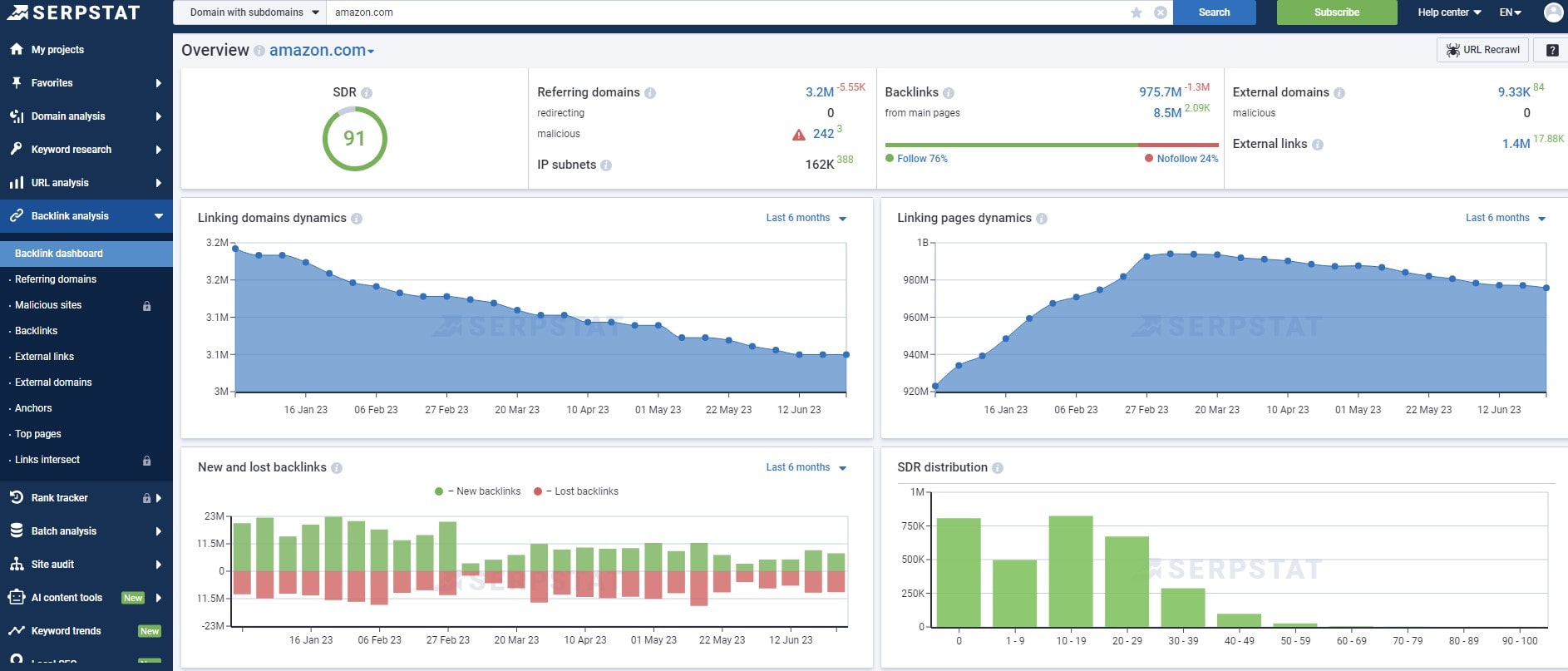
Link building in SEO is like networking in the real world. It’s not just who you know; it’s who knows you. For graphic designers, link building and external SEO are about creating connections that boost your website’s visibility and enhance its credibility and authority.
Strategies for Earning Quality Backlinks
Earning quality backlinks starts with creating share-worthy content. This could be a unique design portfolio, an insightful blog on design trends, or a case study of a successful project. When your content is compelling, other websites are likelier to link to it. Contact design blogs, forums, and industry websites for guest posting opportunities. You can link to your site and demonstrate your knowledge through guest posts.
Use social media to connect with other designers and share your content. Active engagement increases the likelihood of sharing your content, leading to natural backlink generation. Remember, quality over quantity. Links from reputable, high-authority sites in your niche carry more weight in SEO terms, as affirmed by SEO experts like Moz.
Utilizing Backlinks in Your Design Portfolio
Incorporating backlinks in your design portfolio can be a subtle yet effective strategy. For instance, if your work has been featured in online galleries or design publications, include links to those features on your site. Collaborate with other designers or industry professionals on projects and include mutual linking to each other’s portfolios.
Another strategy is participating in online design competitions or webinars and including backlinks to these events in your portfolio. These activities enrich your portfolio and build a network of relevant, authoritative backlinks.
Link building and external SEO for graphic designers are about strategically placing your work in spaces where it gains visibility and recognition. Build a backlink network that increases your website’s SEO, attracts a focused audience, and highlights your competence in the design field by focusing on quality content and relevant collaborations.
Monitoring SEO Performance
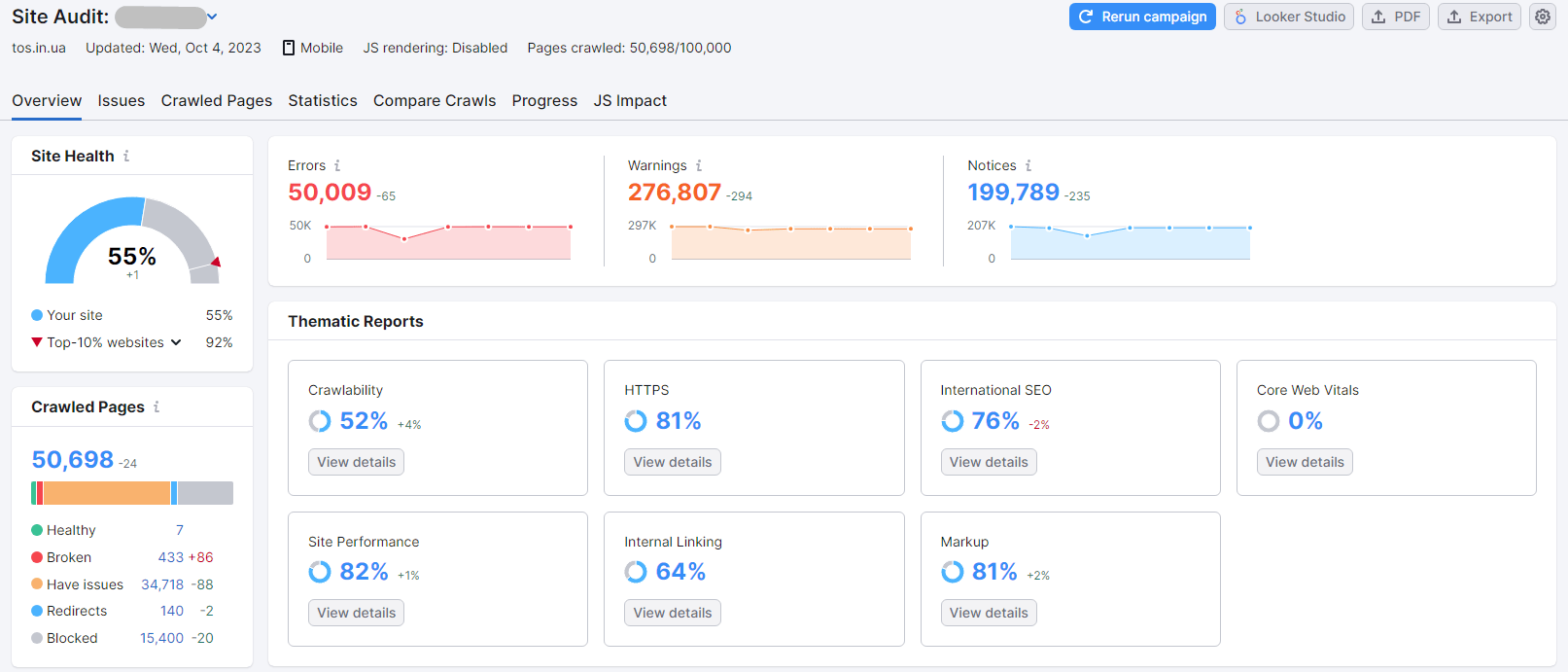
SEO is not a set-it-and-forget-it deal; it’s more like gardening, requiring regular nurturing and attention to thrive. For graphic designers, monitoring SEO performance is crucial to understand the impact of your efforts and make data-driven decisions for future improvements.
Utilizing Analytics Tools
Start by utilizing tools like Google Analytics. This powerful tool can track metrics such as website traffic, visitor behavior, and conversion rates. It shows how users find your site, which pages they spend the most time on, and what actions they take. Monitoring these metrics helps you understand your audience better and identify which parts of your SEO strategy are working or need tweaking.
Keep an eye on metrics like time on site and bounce rate. If your site has a high bounce rate, it can be because your content could be more engaging or because it’s hard to browse. You must adapt your SEO approach according to these findings to see steady progress.
Adapting to SEO Changes and Trends
SEO is an ever-evolving field. Keeping yourself informed about the most recent trends and algorithm upgrades is crucial. Use resources like Search Engine Journal or Moz Blog to keep yourself informed. Adapting your strategy to these changes can help maintain or improve your search engine rankings.
Regularly review and update your keywords. As trends change and new design styles emerge, the way people search for graphic design services also evolves. You keep your content relevant and searchable by staying adaptive and responsive to these changes.
Monitoring SEO performance is a continuous process that requires vigilance, adaptation, and a willingness to learn and grow. You can refine your SEO strategy by effectively tracking and responding to performance metrics, ensuring your graphic design work consistently reaches its intended audience.
Conclusion
In the digital artistry of SEO, your graphic design work is a masterpiece, and these strategies are your tools. An SEO campaign is an ongoing process, not an endpoint. It evolves as the digital world does, requiring you to adapt and refine your tactics. By embracing these SEO strategies, you enhance your visibility and connect more meaningfully with your audience. But don’t stop here. Plerdy’s blog is a treasure trove of insights, with articles that can further elevate your digital presence. Dive into another article and continue honing your skills. For a deeper dive into optimizing your online presence, explore Plerdy’s comprehensive tools and resources. Your next step in mastering digital excellence is just a click away
